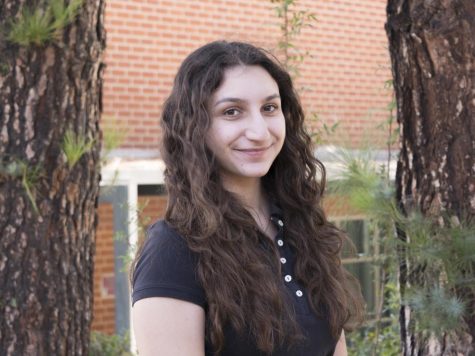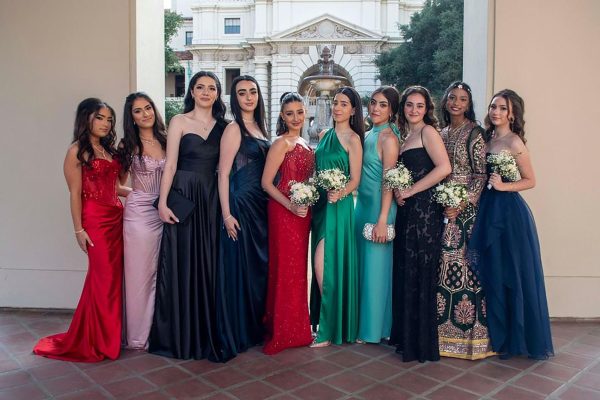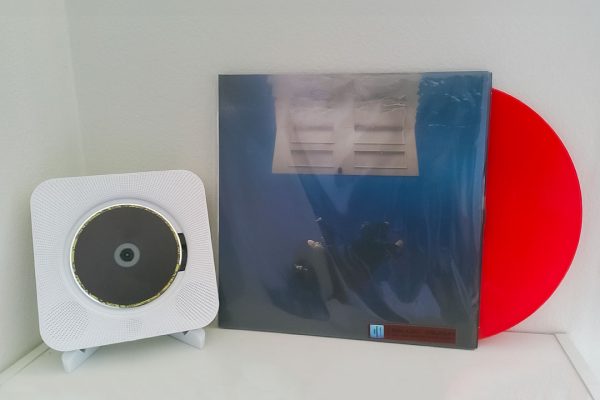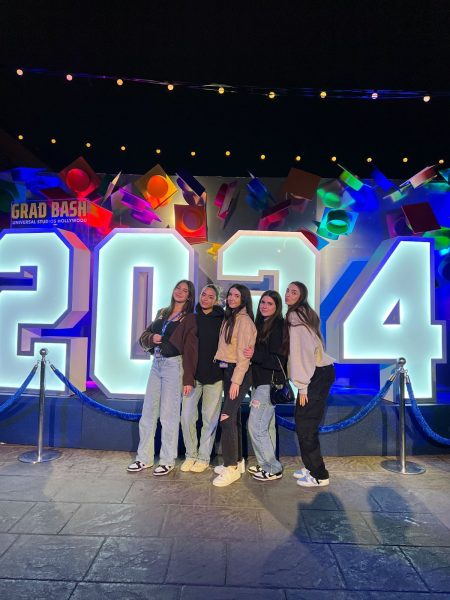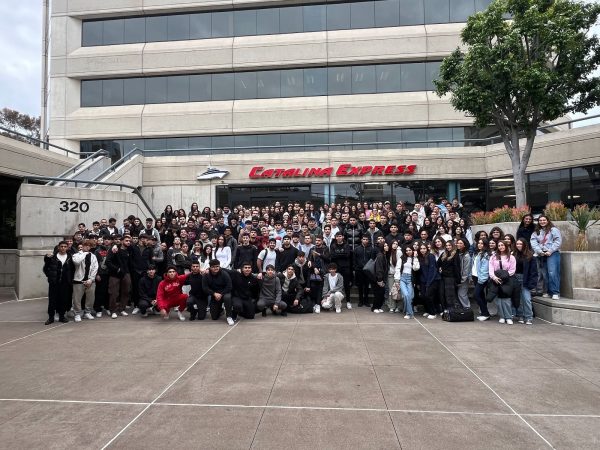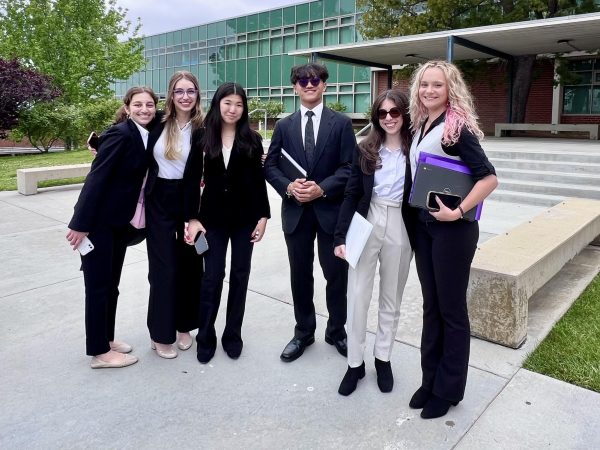Students take a trip to the Los Angeles Museum of the Holocaust
Sophomores Melanie Mesropian, Marlene Saad, and Anni Zeynalvand gather around a monitor to look into more information about the concentration camp at Auschwitz.
“The field trip we went on to the Holocaust Museum taught me a lot about the struggle the Jews went through during those years,” said sophomore Erik Khachiyans. “It brought all of the facts and statistics we had learned to life.”
Sophomore Aram Shahinyan said he also appreciates all of the insight he gained from the trip and thinks that learning about the Holocaust in history teacher Armine Vardanyan’s class and reading a memoir about it in English teacher Diana McGrath’s class was not nearly as valuable an experience as a visit to the Los Angeles Museum of the Holocaust. “The survivor’s story was very impactful and helped me understand more about what happened,” Shahinyan said.
On April 22, about 120 students in these classes were taken on a field trip to the museum where they were given a tour by docents who knew all of the details of the Holocaust. Students were able to see many primary sources such as newspapers, photographs, books and weapons, all of which helped them gain more knowledge about the Holocaust.
One of the most intriguing parts of the trip for the students was listening to a Jewish Holocaust survivor talk about their life. “I love how we actually had the chance to talk to a Holocaust survivor,” said sophomore Marlene Saad. “It brought the entire experience to a whole other level.” Since the Holocaust occurred more than 70 years ago, most of the survivors have already died, and there are few left to share their story.
The Los Angeles Museum of the Holocaust was founded by Jewish Holocaust survivors who wanted to display their possessions from that time for others to observe and understand the truths about what happened. They also wanted to commemorate the lives lost during those tragic times. According to Kevin McGarry, the director of student tours and teacher training, most of the people working at the museum are volunteers.“The two parts that stood out to me the most at the museum were listening to the survivor’s story and when we went to the courtyard where there were a million holes in the walls and we had to write something on a child’s picture and place it in one of the holes,” said sophomore Nareh Shamiryan.




